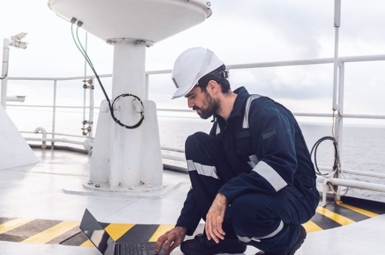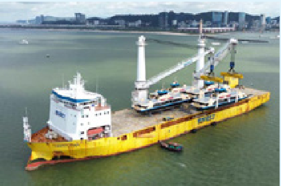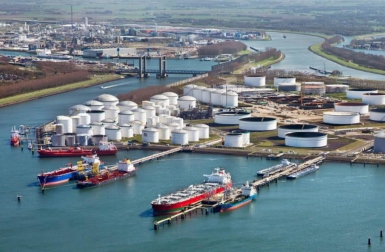
With new data and technological innovation, the maritime industry must re-evaluate cargo handling protocols and develop more resilient fire mitigation strategies to address growing risks at sea, argues Alicia Lee, Chief Operating Officer at GSBN. On a summer morning in June 2025, a carrier vessel called the Morning Midas caught fire in the middle of the Pacific Ocean. The entire crew on board had to abandon ship to escape flames. The Morning Midas, along with the electric vehicles it was carrying that started the blaze, now rests at the bottom of the ocean. Continue reading “Preventing the next lithium fire at sea: A data-driven blueprint for safer transportation”










